A cannabis topical is something like a cannabis balm that can be directly applied to the skin. It can be used to treat skin conditions such as eczema and even to treat muscle and rheumatoid pain, such as arthritis. Cannabis topicals are extremely effective, completely natural and easy to make. Read more to learn.
Cannabis topicals and creams have been used in the human pharmacopeia for centuries. During the 18th century, it was extremely popular for cannabis to be used in topical treatments for a number of different reasons. Of course, with the prohibition of cannabis and hemp, cannabis topicals became a thing of the past. However, they are making their way back into the future with the assistance of the cannabis legalization movement.
The good news is that you don’t have to go spending a tonne of money buying cannabis topicals in stores. It is extremely easy and extremely rewarding to make your own cannabis topicals at home, and it only requires a few basic ingredients. Cannabis topicals are extremely good skincare for a number of skin ailments, great for localised pain treatment, and a great addition to many other products.
You can make your own cannabalm using herbal cannabis, hashish, or full-extract cannabis oil. The amount you require will vary depending on which type of weed you are using, but the method of extraction will be almost exactly the same.
Why use cannabis topicals?
You can use cannabis topicals to treat a range of skin conditions, as well as pain conditions. The extra special thing about cannabis topicals is that they are also extremely friendly for children and babies, because they are completely non-psychoactive. The medicinal benefits are received through the skin while none of the cerebral effects are experienced.
The endocannabinoids in cannabis have been proven to be extremely good medicine for the skin. Those who are suffering from psoriasis or eczema have reported relief after using cannabis topicals. Allergies that cause skin irritations can also be treated with cannabis topicals, making them heal faster.
Cannabis balm can also be used to treat surface pain and inflammation. The components of the cannabis plant are well known to have analgesic properties as well as anti-inflammatory properties. With both THC and CBD being anti-inflammatory agents, those suffering from arthritis can use cannabis topicals for relief. They can also be used to treat any other pain in the muscles.
Finally, cannabis topicals are completely natural! That means there’s no way to damage your skin the same way that other chemical products can. They are easy to make and are extremely good treatment for the skin and body.
How to make your cannabis topical
If you are going to be using herbal cannabis, then it is recommended you use half an ounce of cannabis to half a cup of base. If you are using hashish, then a quarter ounce to half a cup of base will suffice. If you are using a cannabis oil extract, then one-eighth of an ounce to half a cup of base will produce the same results.
In terms of your base, it is important to choose something that is soft enough to use at room temperature. So if you would like to use beeswax (which is quite solid at room temperature), you should add small amounts of coconut oil to soften it.
If you are using coconut oil as the base, you could perhaps add a small amount of beeswax to make it a little bit more solid at room temperature. You can use cocoa butter for a wonderful fragrance, or you can use any combination of the three to suit the consistency that you would like for your cannabalm.
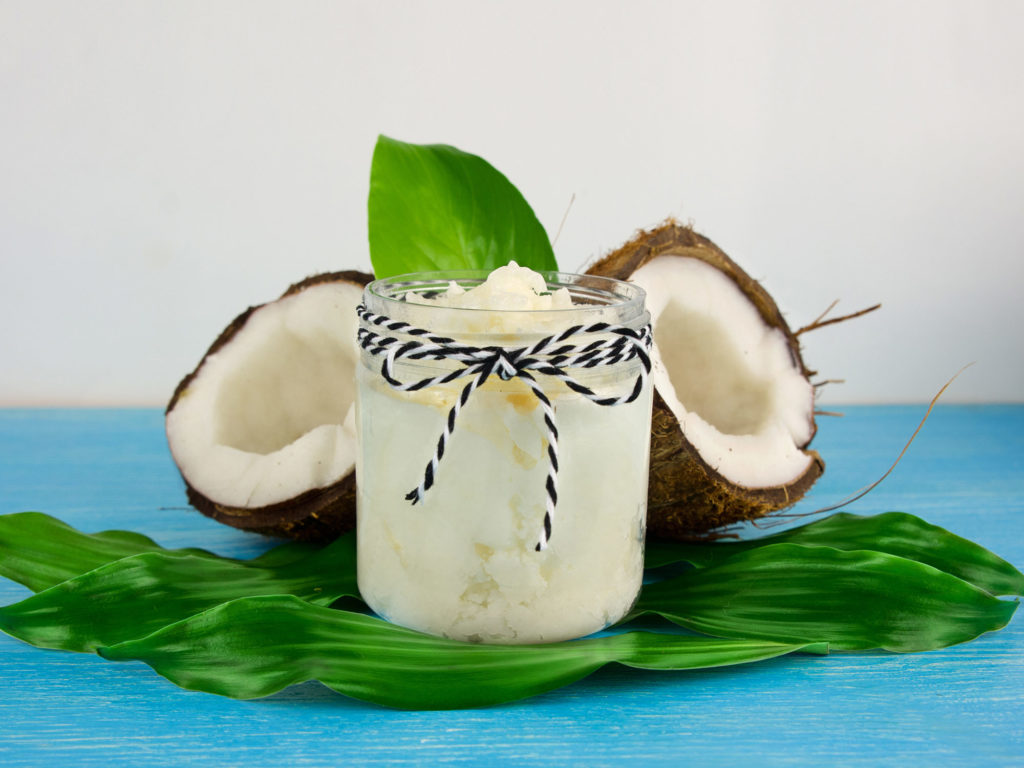
In order to make your cannabis topical, you’re going to need the following items:
- Your weed
- A glass or plastic bowl
- A pot bigger than your bowl (to create a double boiling method)
- A cheesecloth or perhaps a sieve for filtering out the plant material
- Coconut oil, shea butter, cocoa butter, beeswax (or a combination of all)
- A glass jar in which to store your salve
- Any other essential oils or ingredients you would like to add to your balm
The process of making cannabalm is almost exactly the same as making cannabutter, except that you replace the butter with a fat solvent that has a much longer shelf life (and is better for the skin).
Fill your pot halfway with water and put it on the heat. Allow it to reach a boil and then turn the heat down slightly so that it remains at a constant simmer. Put your fatty bases into a plastic bowl and put the bowl in the water so that it floats on the top, making sure that no water goes into the bowl.
The best way to melt your fatty bases is by using the densest one first (such as beeswax, for example) and dissolving the less dense ones into the melted mixture. Once your fatty bases are melted in the bowl, you can add your cannabis. Stir it in well to make sure that the cannabinoids are infused well into the base.
For buds, let it simmer for 1 hour to 90 minutes. For hashish and extracts, you only need to let it simmer for 30 minutes to 1 hour. It is important to make sure that your mixture does not get too hot, as the cannabinoids will burn out and it will ruin the consistency of your topical. Once it has finished simmering, remove the bowl from the pot. If you have used buds or hashish, you will need to filter out the plant material from your salve. Do so by holding the cheesecloth over the jar you plan to store your salve in and pouring in your mixture. You can also use a sieve for this. Let it cool down before you use it.
Things you can add to your cannabis topical
You do not have to let your creativity end at cannabis, of course. There are other oils, essential oils, and ingredients you can add to make your balm more interesting. For example, you can add hempseed oil to your balm, which is also extremely good for the skin and still within the theme.
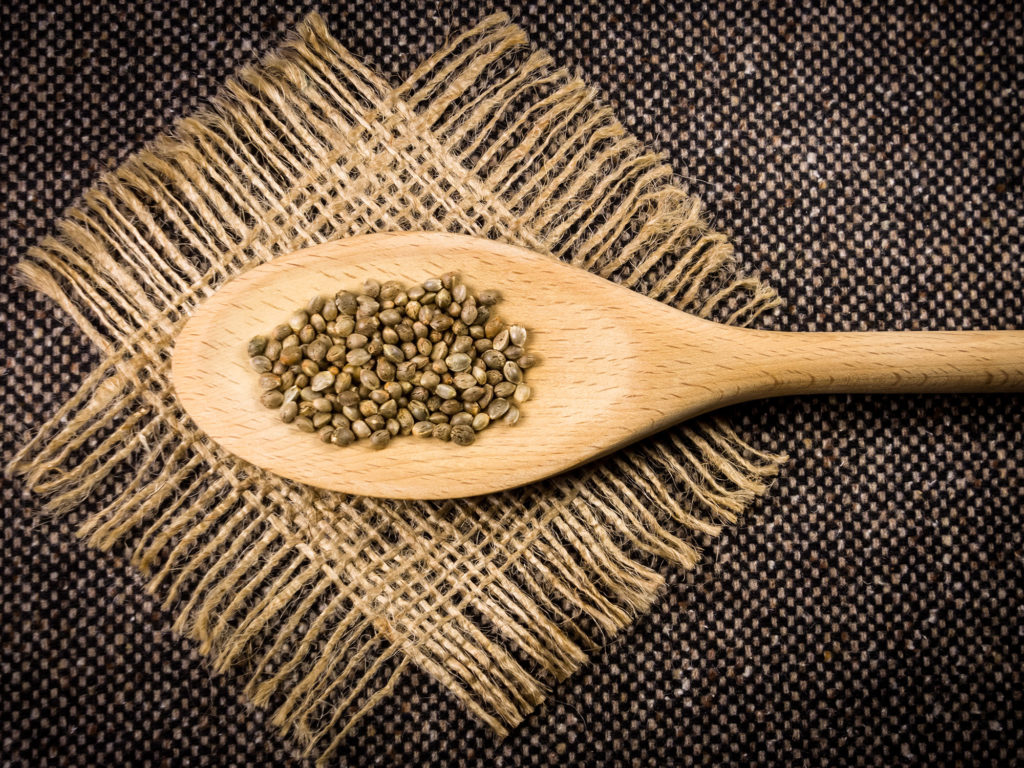
You can add essential oils for fragrance to use as an all-over body lotion. You can also add things such as arnica and calendula. Arnica is great treatment for bruises and sores, and calendula is extremely good for the skin and the lips. Make sure you heat everything again to a liquid before mixing in other oils, unless you make it a part of the initial procedure.
Finally, you can even add your salve to other products such as shampoo, other lotions, lip balms, and other skin creams. Make sure that there are no chemicals in those products either before mixing them together. There’s really no limit to what you can do with your cannabis topical. It is completely safe for children and adults alike and is extremely good treatment for the skin and muscles. Enjoy making and using your very own cannabis topical!





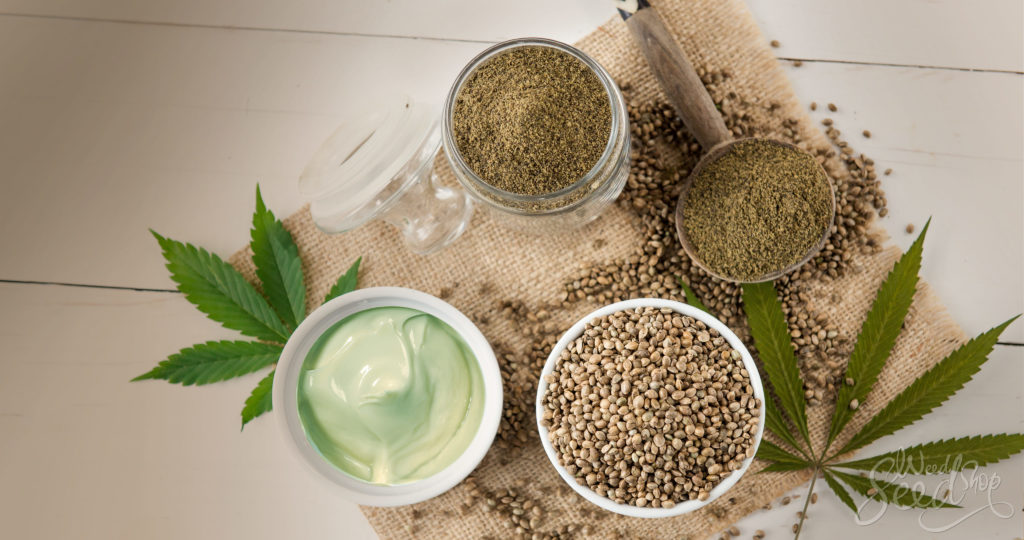

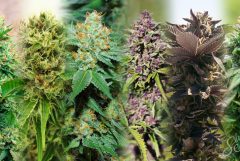

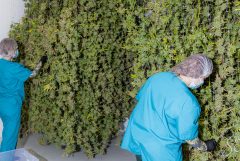

You don’t say what ratio of cannabis to the bees wax, Coco butter etc to use.
Where can I purchased cannabis topical already made?
Do l need to decarboxylate the weed first before using this method?
Same question
Good question. So it’s usually recommended to decarb the weed when making it into topicals, as the THC is most commonly what people are after, even for topical use. If it’s not decarboxylated, the cannabinoids will remain in their acidic form (THCA), which has different benefits. So yes, even for topical use, decarboxylation is recommended.